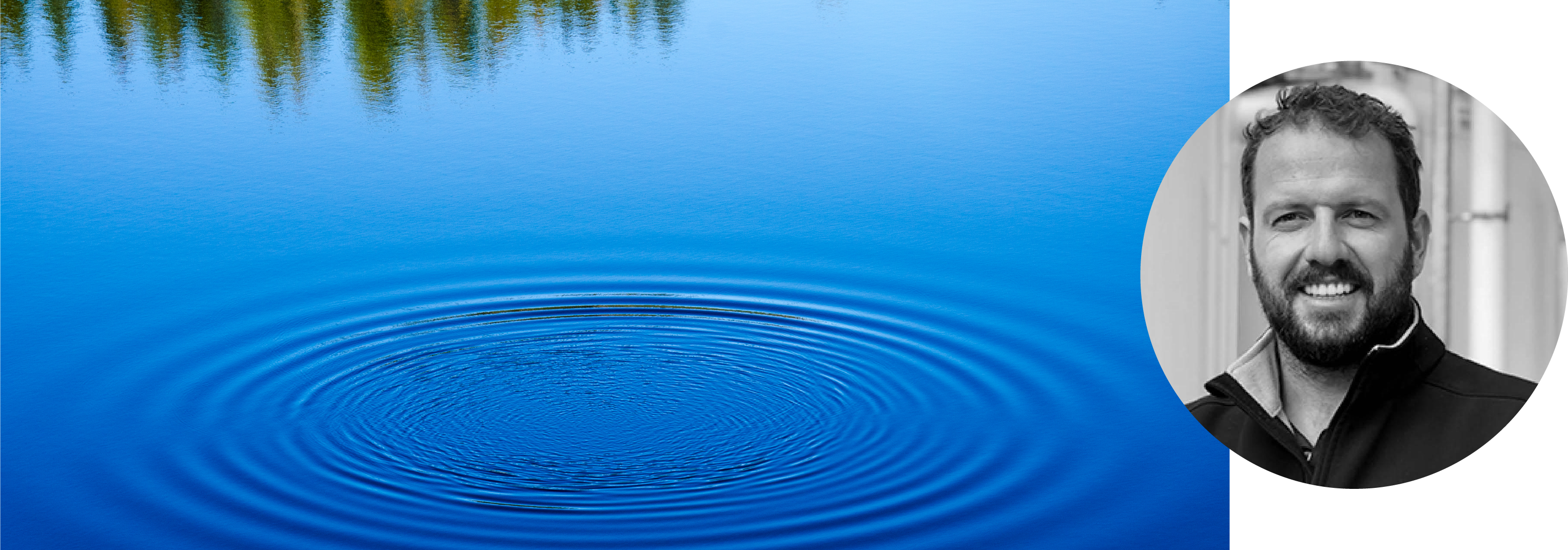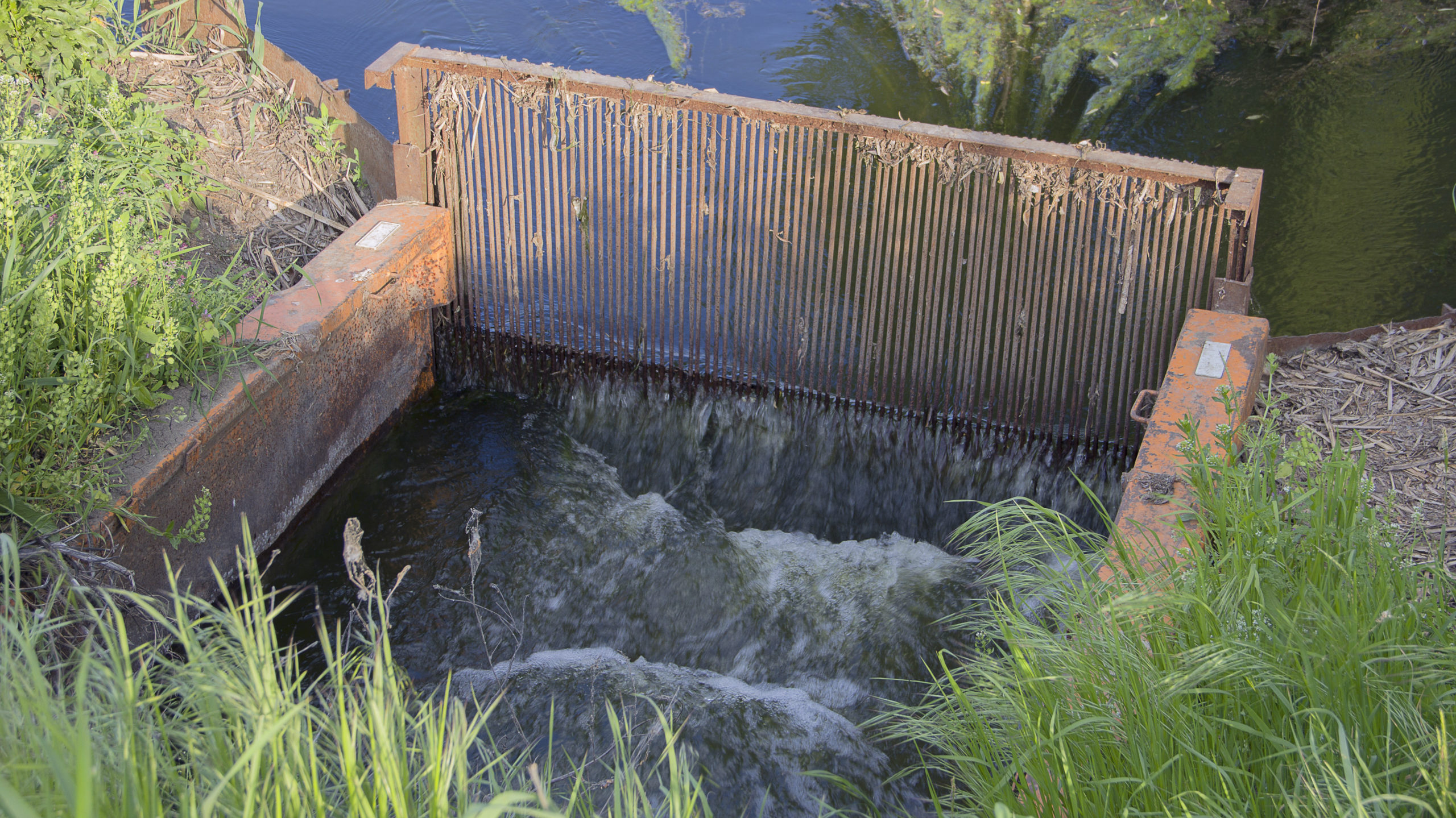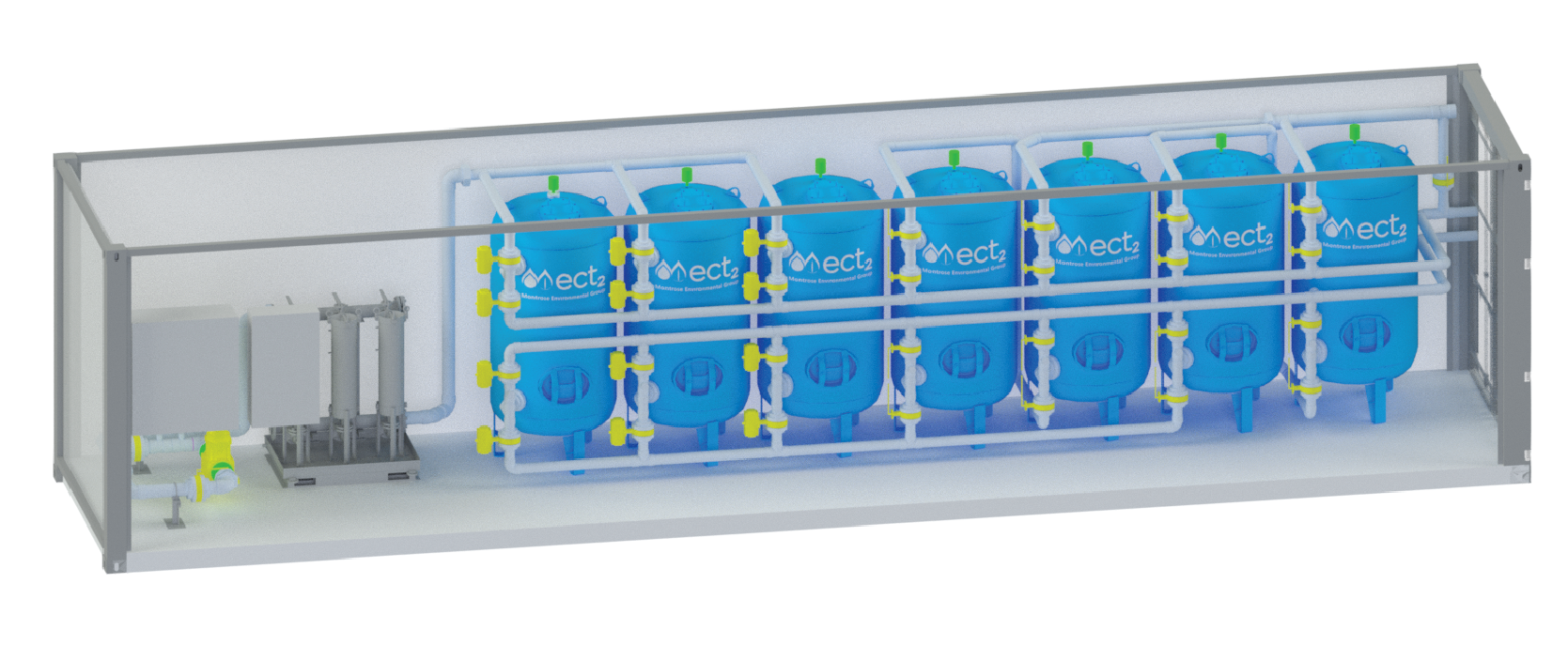
Surface Water Treatment
Ecological Concerns
Driving Treatment Action

Removal of contaminants from any body of water may be required for a variety of reasons, including purification of drinking water, remediation of industrial contamination, and removal of naturally occurring contaminants. Ecological concerns often drive surface water treatment activities, as polluters are required to assess risk to flora, fauna and humans. Internationally, the Australian and New Zealand Guidelines for Fresh and Marine Water Quality has set draft guideline values for the 99% species protection scenario of 0. 23ng/L PFOS and 19µg/L PFOA. Under the PFAS Action Plan, the US Environmental Protection Agency (EPA) is investigating the development of Clean Water Act Section 304(a) for use in determining if a waterbody requires PFAS cleanup, is proposing to regulate both PFOA and PFOS under the Safe Drinking Water Act (SDWA), and has initiated the process to designate PFOA and PFOS as Comprehensive Environmental Response, Compensation, and Liability Act (CERCLA) hazardous substances. Furthermore, EPA currently has authority under CERCLA, SDWA and Resource Conservation and Recovery Act (RCRA) to require persons who have caused or contributed to PFAS contamination to take actions where there may be an imminent and substantial endangerment to public health.
Outstanding Insight into Surface Water Challenges

ECT2 provides a full range of products and services for the treatment of contaminated surface water, including bench and pilot studies, design and engineering of temporary or permanent systems, installation, construction management, startup and commissioning and ongoing operating contracts. We have a team of employees with decades of experience in system engineering and design, and our operations experience provides outstanding insight into the design challenges likely to be encountered in any surface water project. Our surface water treatment plant at RAAF Base Williamtown has been in operation since July 2017, and our approach to the challenging influent water chemistry, pretreatment demands, solids handling, and data management for this project has been critical to the success of this treatment system where, by the end of September 2020, over 99 million gallons had been treated with no exceedances of the treated water criteria.
Water Treatment
Under Varying Conditions

Surface water treatment presents engineering challenges that are distinct from groundwater extraction. Surface water flows can vary widely due to weather and season, and the quality of influent water can also vary significantly. It is necessary for treatment system designers and operators to account for these significant swings. ECT2 has several products ideally suited for surface water treatment, particularly the M series product line of easily deployable, modular treatment systems. If the water chemistry is well characterized, these systems can be deployed in a matter of days. Incorporating the necessary pre-treatment functionality and configured to utilize either SORBIX PURE or SORBIX RePURE resins, the M Series comes in 50, 100, 200, & 200+ gpm (3, 6, 12, & 12+ LPS) models.
Meer informatie? > Neem contact met ons op!
Case Studies:
Providing Safe Drinking Water to a Rural Community Impacted by PFAS
PFAS was detected in samples pulled from drinking water in the town of Maysville, NC. ECT2 was contacted by engineering firm, TRC, to provide a solution to treat the contaminated water to safe drinking levels.
Content:
Commercial Airport Uses SORBIX™ PURE from ECT2 to Clean Up Its PFAS
A commercial airport in Scandinavia came to us for help after finding PFAS – including harder-to-treat short chains – in its groundwater.
